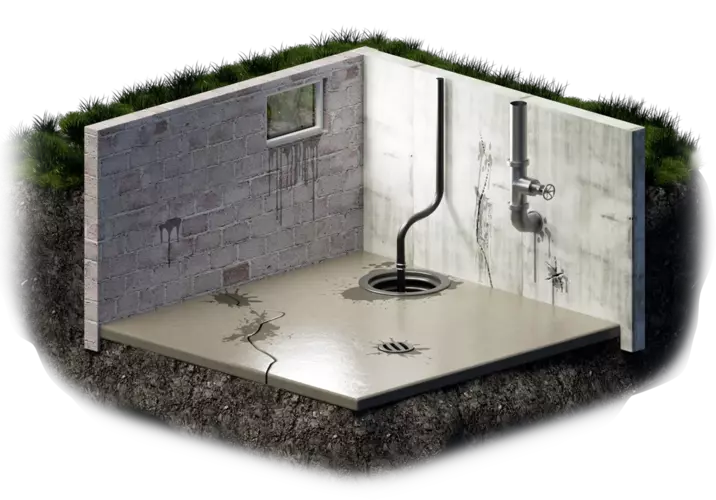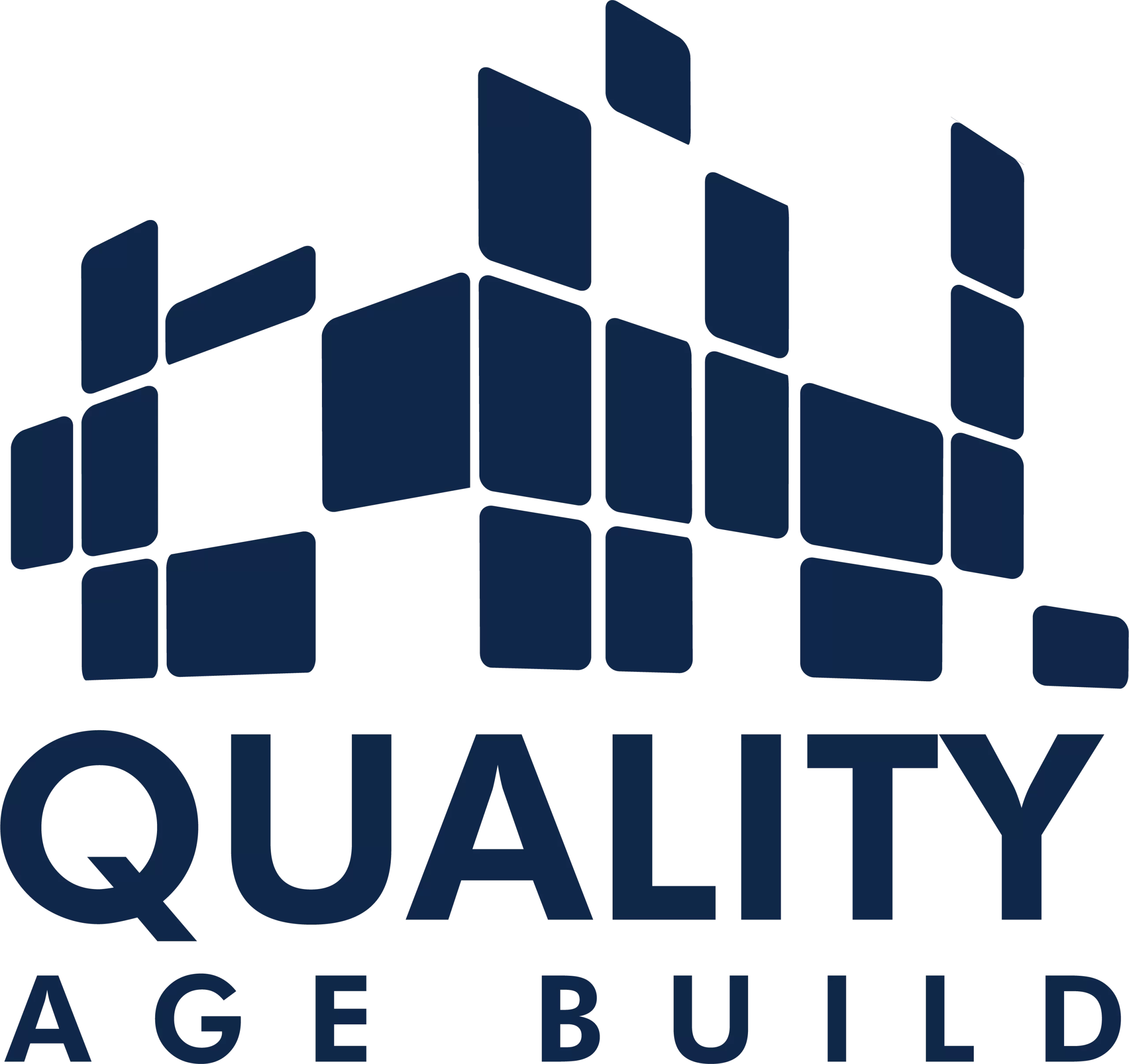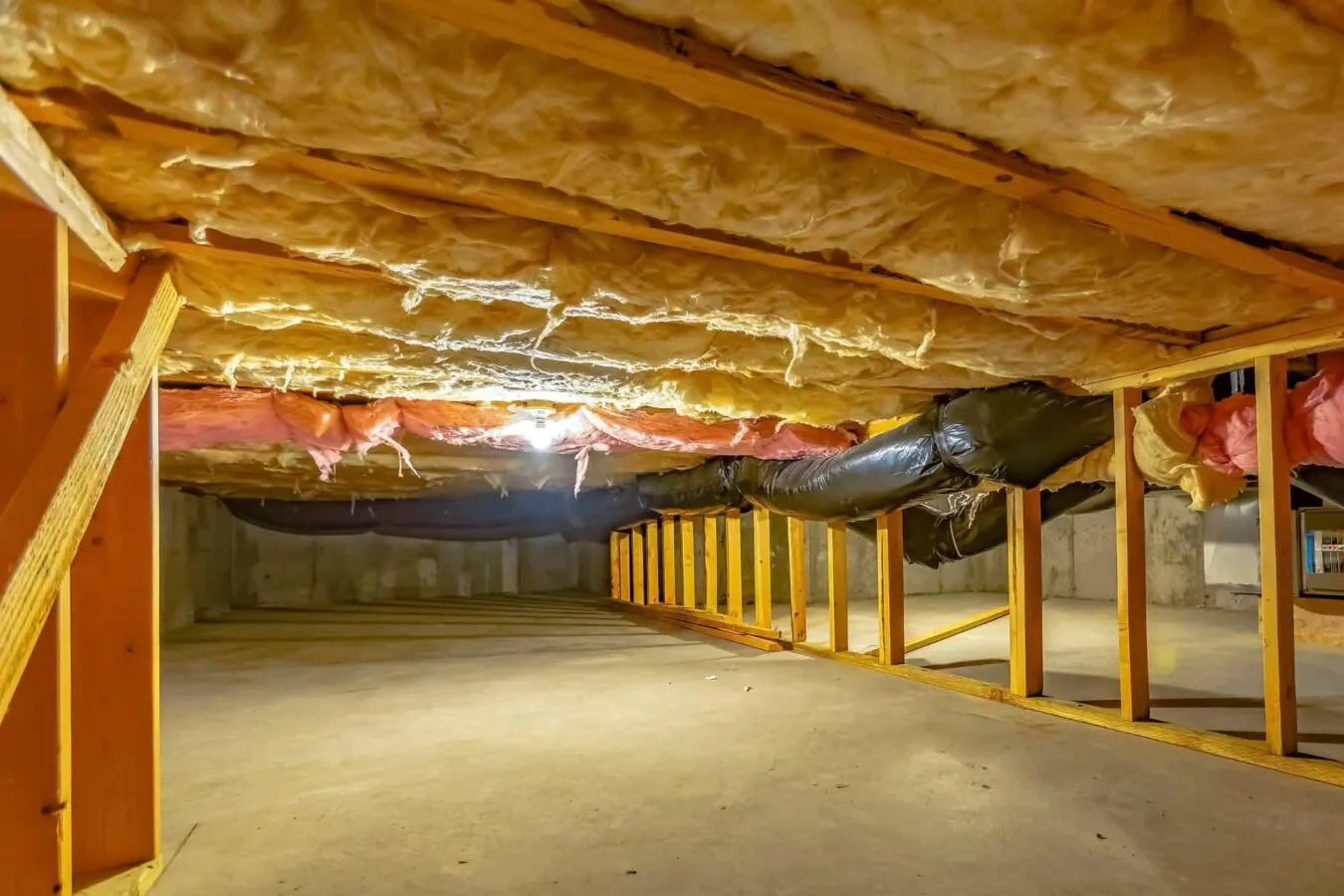A basement is an additional space that can be adapted to suit your needs. It can be transformed into a relaxation area, workshop, laundry room, gym, storage space, or used for other purposes.
Basement insulation ensures heat retention in the house, prevents moisture formation, and makes the space more comfortable to use.
Why Basement Insulation is Important
Basement insulation helps to:
- reduce heating costs;
- protect your home from mold formation;
- improve the indoor climate.
Let’s delve deeper into each of these points.
Energy Efficiency
The lower level of a building is one of the areas where heat loss occurs, especially during winter. This issue can be mitigated by insulating basement walls. By doing so, you create a barrier that prevents warm air from living spaces from penetrating into the colder parts of the house.
The basement maintains a stable temperature, reducing thermal fluctuations throughout the home. As a result, it heats up faster and requires less energy to maintain the desired temperature.
Moisture Control
Due to its specific location, a basement can accumulate excess moisture, potentially leading to the formation of mold, which can spread to other parts of the house. Mold damages walls and floors and negatively affects residents’ health, causing allergic reactions and respiratory problems.
High humidity levels can also cause corrosion of metal structures, warping of wooden elements, and damage to the foundation, bricks, or concrete walls. This ultimately decreases the durability and strength of the building.
Insulating basement walls helps control humidity levels and improves air quality.
Improved Comfort
Insulated walls and floors reduce the level of external noise, which is particularly beneficial if you plan to make this area functional.
Increased Home Value
The increase in property value is due to the following factors:
- High energy efficiency. Homes that retain heat more effectively are in higher demand in the real estate market.
- Comfortable living conditions. Basement wall insulation increases the overall usable living space.
- Protection against temperature fluctuations helps maintain the building’s structure in better condition, an important consideration for those who value reliability.
Thus, an insulated home is more likely to attract potential buyers.
Exterior Basement Insulation
This type of insulation involves the installation of specialized materials on the exterior walls. Such an approach protects the structure from low temperatures and prevents the formation of condensation inside. It is often combined with another process – waterproofing, which prevents water penetration into the structure.
We offer comprehensive services for Exterior Waterproofing Toronto and help clients find professional solutions to protect their homes from moisture.
Interior Basement Insulation
In this case, waterproofing materials are first applied to the walls to create a barrier, preventing water from seeping through cracks or pores. Insulating materials are then installed.
Our specialists provide Interior Waterproofing Toronto,helping clients improve the energy efficiency of their homes.

Types of Insulation for Basement Walls
The choice of the best insulation for basement walls depends on the specific conditions of the space.
Fiberglass Insulation
Made from thin glass fibers, fiberglass is used for thermal and sound insulation of walls, ceilings, floors, and other structures. Combined with proper waterproofing, it can be an excellent option for insulating basements.
Spray Foam Insulation
A highly efficient insulation material, spray foam, is applied to surfaces using specialized equipment in the form of a liquid mixture. Once applied, it quickly transforms into a solid, porous foam.
Advantages include:
- High thermal insulation
- Seamless coverage
- Airtightness
- Durability
- Quick application
- Eco-friendliness
Thanks to its ability to cover surfaces without seams, it is suitable for challenging areas such as corners, joints, and cracks.
Rigid Foam Insulation
Made from rigid forms of polystyrene or polyurethane foam, this insulation boasts high strength and excellent thermal insulation properties.
- Low thermal conductivity
- Resistance to mechanical impact
- Moisture resistance
- Lightweight
- Durability
Rigid foam insulation can even be used for insulating basement ceilings. When combined with waterproofing, it prevents moisture penetration from the ground.
Mineral Wool Insulation
One of the most common methods of thermal insulation for various parts of buildings, mineral wool is made from rocks or glass and features a porous structure.
Before installing mineral wool, it is important to apply proper waterproofing. Additional protection, such as a film or membrane, can also be used to maintain insulation effectiveness over an extended period.
Blown-in Insulation
Insulation material is blown into cavities or cracks using specialized equipment. This method is used to insulate challenging areas, such as walls, roofs, floors, and basement spaces, where it is essential to ensure seamless and uniform distribution without gaps or joints.
Preparing Your Basement for Insulation
Preparing a basement for insulation involves several steps.
Assess the Condition of Your Walls
To determine how to insulate basement walls, you should evaluate the condition of the space.
- Inspect the walls for mold.
- Check for cracks or breaches in airtightness.
- Perform a strength test by tapping on the walls.
- Assess the condition of the waterproofing.
- Analyze the temperature regime.
Once the inspection is complete, you can move on to the next step.
Seal Gaps and Cracks
Sealing gaps and cracks not only prevents water penetration but also improves the basement’s thermal insulation, enhancing the overall effectiveness of the insulation.
Address Moisture Issues
Moisture buildup leads to mold formation. Resolving this issue helps ensure the durability of the insulation. The matter of Basement Waterproofing Toronto is particularly relevant due to the local climate.
Clear the Basement
Remove old items, debris, and unnecessary objects to free up space for the work. This allows for proper surface preparation before applying insulation materials and ensures the quality of the future insulation.
Insulating Basement Walls
The following information will help you understand how to insulate basement and navigate the key stages of the process.
Choose the Right Insulation
Selecting the appropriate insulation material is crucial for successful insulation. Consider the climatic conditions of your region, the humidity level in the basement, and your budget.
Install a Vapor Barrier
The installation of a vapor barrier layer helps protect the insulation from moisture that can accumulate inside the room.
Attach Insulation to the Walls
Ensure the reliable attachment of the material to the walls. This will provide stable insulation placement and reduce the risk of gaps through which heat may escape.
For this stage, use special fasteners or adhesive suitable for the chosen insulation material.
Seal the Insulation Edges
Use sealant or expanding foam to close the edges. This will prevent heat loss through small openings and cold air penetrations into the basement.
Cover with Drywall or a Finishing Material
Install finishing materials over the insulation. Drywall is a convenient option as it is easy to work with and creates a smooth surface for further decoration.
Painting and Sealing
Painting the walls is the final stage of insulation. It is recommended to use moisture-resistant paint. After painting, it is essential to seal all edges and corners.
Common Mistakes to Avoid When Insulating Basement Walls
We have already discussed how to insulate basement. Now, let’s go over the mistakes that people make during this process.
Skipping the Vapor Barrier
The vapor barrier protects the insulation from moisture, which can penetrate in the form of vapor caused by temperature fluctuations.
Skipping this step will lead to the loss of the insulation’s properties and disruption of the microclimate in the room.
Over-Insulating
At the same time, excessive use of insulation materials will have the opposite effect. A layer of insulation that is too thick can create ideal conditions for moisture accumulation, reduce natural ventilation in the basement, and worsen air quality.
Ignoring Building Codes
It is important to follow building standards that regulate insulation thickness, ventilation, and acceptable materials. Ignoring such requirements will lead to inefficient insulation or even structural damage to the building.
DIY Without Expertise
Many people try to insulate their basement on their own. Without experience in this field, one can make the following mistakes:
- Incorrect choice of insulation material.
- Incorrect attachment of the insulation.
- Violation of installation techniques.
- Worsening ventilation.
- Using inappropriate tools or methods.
To save time and frustration, it’s better to contact specialists who can properly and effectively insulate the basement.
How to Maintain Your Insulated Basement Walls
Remember to regularly maintain the space. This will extend the lifespan of the insulated walls.
Regular Inspections
Periodically inspect the condition of the insulation. Look for signs of damage or wear, such as cracks, detachment of insulation, or condensation formation.
Ensure Proper Ventilation
Check that the ventilation systems are working. If necessary, install additional dehumidifiers.
Fix Issues Promptly
Address any defects immediately. Promptly solving the problem will reduce negative consequences for the condition of the insulation and the basement itself. This will help avoid high repair costs.
How Quality Age Build Helps You
Our specialists will conduct a detailed inspection of your basement walls. They will check for cracks and other areas where water may enter the room. Based on the results of the inspection, they will select the type of waterproofing: internal or external.
After the inspection, you will receive recommendations on choosing materials and insulation methods that will be most effective for your home.

Conclusion
Insulating basement walls helps create comfortable conditions in the house, protecting against cold and moisture. Following the key steps will ensure the effectiveness of the insulation.
Contact us
Quality Age Build Inc is at your service across the GTA. Request a quote today and ensure your property is in expert hands.
Related Services
Pair our expert guidance with our waterproofing solutions to eliminate leaks, control moisture, and keep your basement dry and healthy.
FAQs
What are the most effective materials for insulating basement walls?
The most effective materials for insulating basement walls are polystyrene foam, polyurethane foam, and mineral wool. They provide good thermal insulation and are resistant to moisture.
Can I insulate my basement walls if there are existing moisture issues?
Insulation is only possible after resolving moisture problems.
How long does basement wall insulation typically last?
With proper installation and maintenance, the lifespan of the insulation typically ranges from 20 to 50 years.

